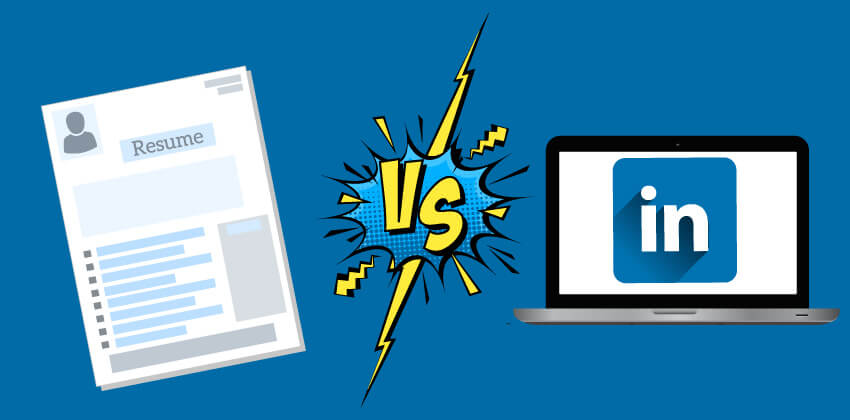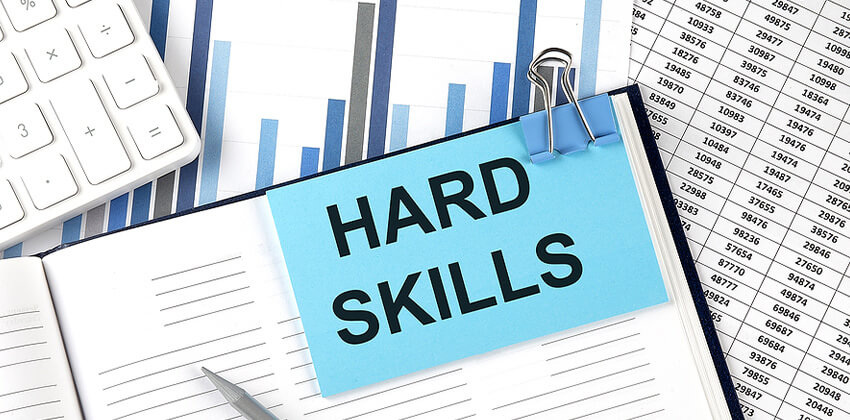
One of the interesting things I’ve discovered in my research is that employers often compare the job seeker’s resume and cover letter with the job seeker’s LinkedIn Profile.
Discrepancies between the resume and the Profile show up quickly, but so do accomplishments and other positive things.
Because LinkedIn is so public, employers assume that LinkedIn represents the truth more accurately than a job seeker may provide on a resume or application.
Advertisement
According to a 2018 CareerBuilder study, 47% of employers are less likely to contact you for an interview if they can’t find you online. You are also vulnerable to mistaken online identity.
The LinkedIn-Resume Connection – 5 Important Benefits to Job Seekers
LinkedIn has become the Online Portfolio of millions of professionals, and it offers 5 very important benefits to job seekers when employers make the LinkedIn-resume comparison.
1. Validation of Resume Information
The assumption is that people are less likely to exaggerate in public, in front of their friends and LinkedIn “connections” than they are in private on a resume sent to an individual or posted privately in response to a job ad.
For decades (probably centuries), job seekers have been known to do a teensy bit of exaggeration on their resumes.
Having worked at Harvard University in my past, I know that one of the things the University Alumni Records Office did frequently, was confirm or deny that someone had attended, or graduated from, Harvard as indicated on their resume.
The answer was “No” almost as often as it was “Yes” which tells you something about human nature and Harvard as a brand.
Now, rather than contacting a university directly, employers can check the LinkedIn Profile to get a basic level of validation, enough to put a resume in the “possibles” stack rather than the “discards” pile or vice versa.
2. Demonstration of Knowledge and Expertise
In the past, it has been easy for people to proclaim that they are “experts” or “gurus” in a given field on their resumes, but hard to prove (or to verify). Not any more!
Through Updates, LinkedIn members can publish articles on LinkedIn, share articles which are relevant to their field, start discussions, and comment or like what other members have shared.
Through LinkedIn Groups, job seekers can demonstrate their expertise through intelligent participation in Group discussions. Recruiters are known to monitor Groups related to the fields they need the most or have the most trouble finding qualified candidates.
LinkedIn allows members to join up to 100 Groups, and, at least while you are in job-search mode, that’s a very good idea. Join groups for your industry, profession, location, hobbies, and anything else that is relevant to you and your career.
3. Corroboration of Accomplishments
In their LinkedIn Profiles, members can highlight major accomplishments in their Summary section of their Profiles and describe their accomplishments for each job in the Experience section.
LinkedIn also offers the option for members to link to their SlideShare presentations and other relevant published material.
The LinkedIn Profile becomes, in effect, an online portfolio.
In addition, LinkedIn Recommendations offer employers a form of “proof” that a skill or accomplishment proclaimed on the resume has been visible to someone willing to publish a recommendation for the world to see on LinkedIn.
And the Recommendations are connected to specific jobs listed in the Profile, confirming the validity of that claim on the resume.
4. Confirmation of Names, Dates, and Time Frames
The dates on the resume can be compared with the dates on the LinkedIn Profile to demonstrate agreement on timing or not. Employer names and the dates of employment are confirmed or not.
Are the job titles in the LinkedIn Profile the same as those on the resume, or not?
Did the job seeker work at company XYZ for 6 months or 2 years? And, was that 2 years or 10 years ago?
5. Affirmation of “With-It-Ness”
Having a complete and active LinkedIn Profile affirms that the job seeker understands how to operate in today’s largest online business network. It also indicates that the job seeker understands the importance of the Internet to business, from marketing and sales to research and data collection.
“Old fogies” don’t have LinkedIn Profiles and don’t understand how important a LinkedIn Profile is for the success of their job search. As a result, their job searching and careers are much harder.
The Bottom Line:
Having a public site where the information on the resume may be confirmed (or not) is an enormous help to employers. And, it is also a help to job seekers. Certainly, some people may not be 100% truthful on their LinkedIn Profiles, but they are often more truthful in a venue where false or misleading claims may be “outed” by people who know better. Social Proof comes to job search through, logically, social media.
More About Social Proof
- What is social proof?
- How to create and maintain a strong, consistent identity for your social proof.
- Social Proof: Twitter and Your Resume
Strategies to Build Your Social Proof:
Social Proof for Reputation Management:
- Guide to Online Reputation Management
- Monitoring Your Online Presence
- Repairing Your Online Reputation Using Social Media
More Social Media and Job Search Guides:
- Guide to Social Media and Job Search
- Guide to LinkedIn for Your Job Search
- Guide to Twitter for Your Job Search
- Guide to Facebook for Your Job Search
 About the author…
About the author…
Online job search expert Susan P. Joyce has been observing the online job search world and teaching online job search skills since 1995. A veteran of the United States Marine Corps and a recent Visiting Scholar at the MIT Sloan School of Management, Susan is a two-time layoff “graduate” who has worked in human resources at Harvard University and in a compensation consulting firm. Since 1998, Susan has been editor and publisher of Job-Hunt.org. Follow Susan on Twitter at @jobhuntorg and on Facebook, LinkedIn.
More about this author…
Don't forget to share this article with friends!




